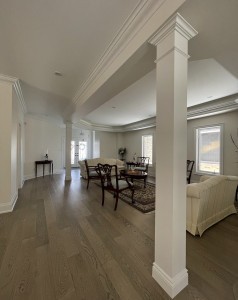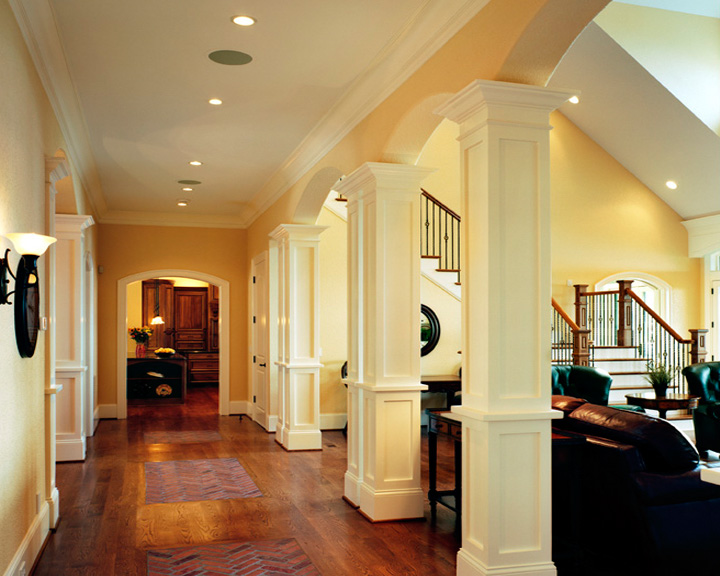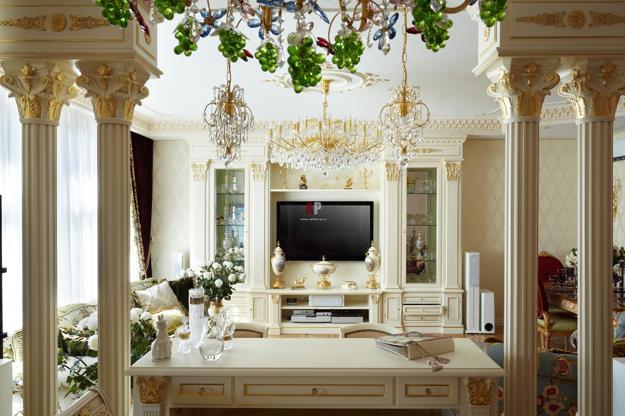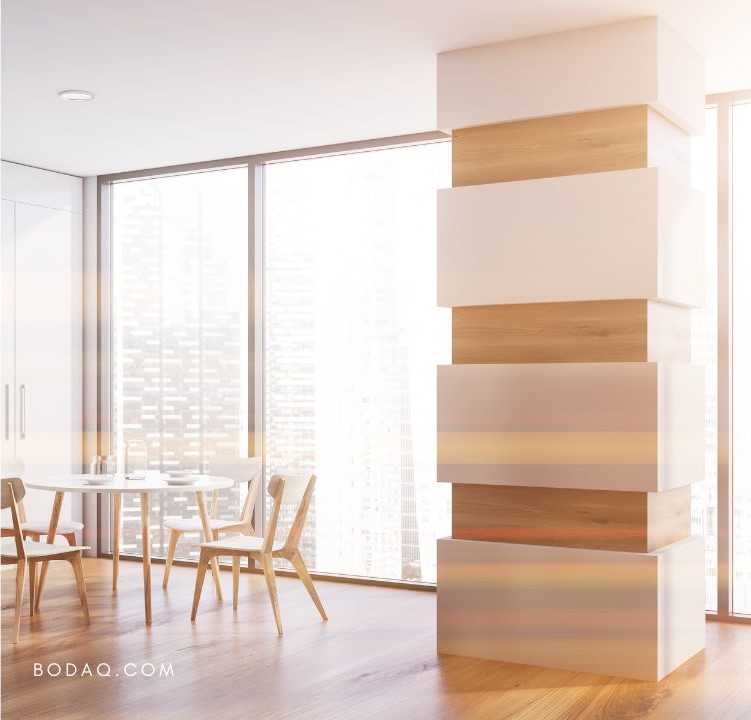When it comes to interior design, every detail counts. One particularly striking element that can elevate your home decor is decorative columns. Whether you’re looking to add a touch of classical elegance or modern flair, these architectural features can drastically change the atmosphere of any room. Drawing from my personal journey in home decor, I can firmly say that the right column can become a conversation starter while also enhancing the functionality of your space.
Understanding Decorative Columns
Decorative columns have been used in architecture for centuries. Originally serving a structural purpose, they have evolved to become artistic focal points within interiors. Let’s take a deeper dive into their characteristics, styles, and purposes.
What Are Decorative Columns?

Decorative columns are vertical structures that can stand alone or support a ceiling, arch, or other structures. They are made from various materials, such as wood, stone, and fiberglass, and come in numerous designs, which can significantly impact the look and feel of a room.
Types of Decorative Columns

There are several types of decorative columns to choose from:
- Classic Columns: Inspired by Greek and Roman architecture, these columns often feature intricate details.
- Modern Columns: Typically sleek and minimalist, modern columns focus on clean lines and functionality.
- Pedestal Columns: These are often used as bases for sculptures or vases and can add height and drama to a space.
- Engaged Columns: Attached to a wall, engaged columns offer the aesthetic of depth without overwhelming the room.

Benefits of Using Decorative Columns
Incorporating decorative columns into your interior can yield numerous benefits. Here are a few I’ve experienced personally:

1. Aesthetics
Columns can beautifully frame spaces, creating a sense of grandeur and elegance. They act as a visual guide throughout your home.
2. Separation of Space
In open floor plans, columns can help define different areas without the need for full walls, maintaining an airy feeling while providing structure.

3. Added Value
Well-placed decorative columns can increase the perceived value of your home, making it more appealing to potential buyers.
4. Personalization
With so many styles and materials available, you can find decorative columns that reflect your personal taste and home theme.

Choosing the Right Decorative Columns for Your Home
Selecting the right decorative columns involves several considerations:
Style Coordination
Consider the overall style of your home. A classic column may clash with a contemporary aesthetic. Choose wisely to maintain a cohesive look.
Size Matters
Ensure that the columns are proportional to your space. Oversized columns can overwhelm a small room, while tiny columns may appear lost in a large area.
Material Selection
Different materials offer various aesthetics and durability. For instance:
| Material | Pros | Cons |
|---|---|---|
| Wood | Warmth, versatility | Prone to warping |
| Fiberglass | Durability, lightweight | Less traditional feel |
| Stone | Timeless elegance | Heavy, expensive |
Decorative Column Placement Ideas
The placement of decorative columns can greatly affect your interior design. Here are some ideas based on my experience:
Living Room Focal Points
Use decorative columns to frame a fireplace or as accents around windows. This can create a stunning visual centerpiece in your living space.
Dining Area Enhancements
In a dining area, columns can elegantly separate the dining area from other spaces while adding grandeur to your meals.
Entryway Statements
A columned entryway can be incredibly inviting. Choose larger, more decorative columns at the entrance to create a lasting impression on guests.
Styling Tips for Decorative Columns
Once you have your columns selected and placed, it’s time to style them. Here are some tips that worked for me:
Incorporate Lighting
Adding lighting to your columns can create a dramatic effect. Uplights or sconces can highlight the details of your columns at night.
Accessorize Thoughtfully
Use decorative items such as vases, sculptures, or plants around your columns. This adds personality without cluttering the space.
Color Coordination
Choose column colors that complement or contrast your existing decor. For a cohesive look, use colors from your existing palette.
Pros and Cons of Decorative Columns
Pros
- Adds aesthetic value and elegance
- Helps in space definition without full walls
- Available in various styles and materials
- Increases property value
Cons
- Can be expensive depending on the material
- May require professional installation
- Too many columns can overwhelm a small space
Maintaining Your Decorative Columns
To keep your columns looking their best, maintenance is key. Here’s how I care for mine:
Regular Cleaning
Dust and dirt can accumulate over time. Use a gentle cleaner appropriate for the material of your columns to keep them spotless.
Inspect for Damage
Periodically check your columns for signs of wear and tear, especially if they are wooden. Early intervention can prevent larger issues.
Refresh the Finish
If your columns are painted or stained, consider refreshing the finish every few years to maintain their beauty.
FAQs About Decorative Columns
What are the best materials for decorative columns?
The best material depends on your style and budget. Wood is warm and versatile, fiberglass is lightweight and durable, while stone offers timeless elegance.
Can I install decorative columns myself?
While some installations can be DIY, larger or load-bearing columns should be installed by a professional to ensure safety and stability.
Are decorative columns suitable for small spaces?
Yes! Engaged columns or thin pedestal columns can be used to add elegance without overwhelming smaller areas.
How do I choose the right column style?
Consider your home’s overall design style. Classic styles suit traditional homes, while minimalist designs work well in contemporary settings.
Conclusion
Decorative columns can be a magnificent addition to your interior design, enhancing both aesthetics and functionality. With the right style, placement, and maintenance, these architectural features can transform any space into a masterpiece. Remember to choose columns that reflect your personal taste while coordinating with your home’s overall design. After all, your home should be a reflection of who you are and how you want to live.